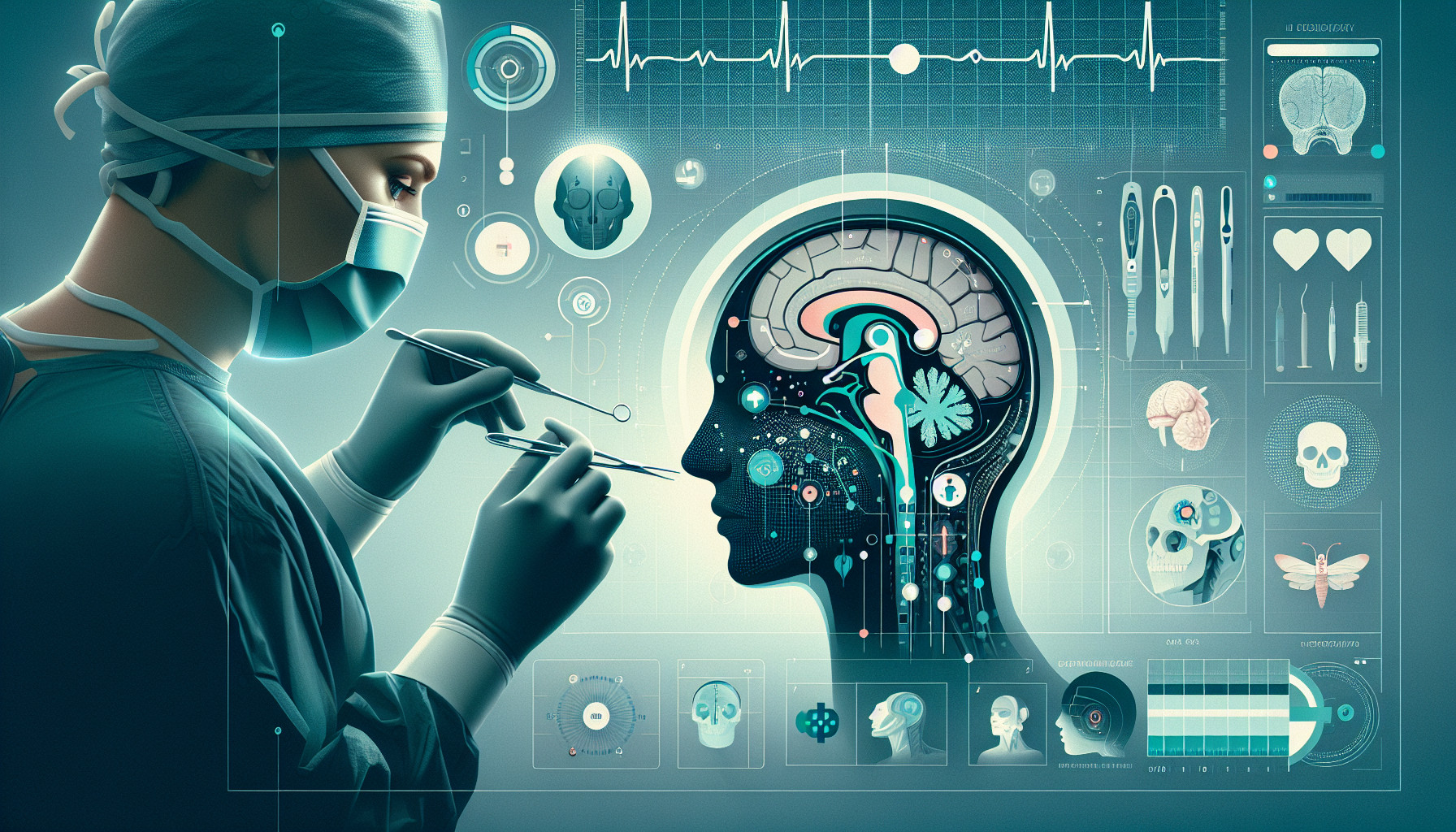Our Summary
This research paper reviews the use of a type of Artificial Intelligence (AI) called large language models (LLMs), specifically one called ChatGPT, in the field of oral and maxillofacial surgery (OMS). It looked at various studies and articles from multiple databases. The majority of the research involved one version of the AI, GPT-3.5.
The studies found that the use of these AI models is primarily in research, scientific writing, patient communication, and medical education. However, there is a lack of research on using this AI for specific OMS diseases.
The paper concludes that there is a need for more scientific research on how these AI models can be used in OMS. It also points out that while AI could be beneficial outside of actual surgeries, there are ethical and regulatory issues that need to be addressed first.
FAQs
- What is the main use of AI models like ChatGPT in oral and maxillofacial surgery according to the research paper?
- Does the research paper suggest that AI models are currently being used for specific OMS diseases?
- What are some of the challenges pointed out in the paper regarding the use of AI in oral and maxillofacial surgery?
Doctor’s Tip
A helpful tip a doctor might tell a patient about maxillofacial surgery is to follow all pre-operative and post-operative instructions carefully to ensure a successful recovery and optimal results. This may include avoiding certain foods or activities, taking prescribed medications as directed, and attending follow-up appointments as scheduled. Additionally, maintaining good oral hygiene and following any recommendations for physical therapy or rehabilitation can help promote healing and prevent complications.
Suitable For
Maxillofacial surgery is typically recommended for patients with various conditions affecting the head, neck, face, jaws, and mouth. Some common reasons for maxillofacial surgery include:
Corrective jaw surgery: Patients with misaligned jaws, which can cause difficulty with chewing, speaking, and breathing, may benefit from corrective jaw surgery.
Facial trauma: Patients with facial injuries from accidents, sports injuries, or physical altercations may require maxillofacial surgery to repair fractures and restore facial aesthetics and function.
Temporomandibular joint (TMJ) disorders: Patients with TMJ disorders that cause jaw pain, clicking, popping, and limited range of motion may need maxillofacial surgery to correct the issue.
Cleft lip and palate: Patients born with cleft lip and palate, which can affect facial appearance and speech development, may require maxillofacial surgery to repair the cleft and improve function.
Sleep apnea: Patients with obstructive sleep apnea, a condition that causes breathing interruptions during sleep, may benefit from maxillofacial surgery to improve airway patency and reduce symptoms.
Dental implants: Patients missing teeth or with severe dental issues may require maxillofacial surgery for dental implant placement to restore function and aesthetics.
Tumors and cysts: Patients with benign or malignant tumors, cysts, or other growths in the head and neck region may need maxillofacial surgery for removal and reconstruction.
Overall, maxillofacial surgery is recommended for patients with a variety of conditions affecting the head and neck that require surgical intervention for correction, improvement of function, and enhancement of aesthetics.
Timeline
Before Maxillofacial Surgery:
- Patient experiences symptoms or issues with their oral and facial structures.
- Patient consults with a maxillofacial surgeon for evaluation and diagnosis.
- Surgeon discusses treatment options, including the possibility of surgery.
- Patient undergoes pre-operative assessments and tests to ensure they are a suitable candidate for surgery.
- Surgeon creates a treatment plan and discusses the procedure, risks, and expected outcomes with the patient.
After Maxillofacial Surgery:
- Patient undergoes the surgical procedure under general anesthesia.
- Patient is monitored closely post-operatively for any complications or adverse reactions.
- Patient may experience pain, swelling, and bruising in the days following surgery.
- Patient follows post-operative care instructions provided by the surgeon, including medication management and wound care.
- Patient attends follow-up appointments with the surgeon to monitor healing and address any concerns or complications.
- Patient undergoes rehabilitation or physical therapy as needed to regain function and mobility in the affected area.
- Patient gradually resumes normal activities and diet as instructed by the surgeon.
- Patient may require long-term follow-up care to monitor the results of the surgery and address any ongoing issues.
What to Ask Your Doctor
Can you explain the specific procedure I will be undergoing in detail?
What are the potential risks and complications associated with this surgery?
What are the expected outcomes and success rates for this type of surgery?
How long is the recovery time and what can I expect during the recovery process?
Are there any alternative treatment options available for my condition?
What is your experience and success rate with this type of surgery?
Will I need to follow any specific post-operative care instructions?
Are there any specific dietary restrictions or lifestyle changes I should make before or after the surgery?
How long do the results of this surgery typically last?
Are there any long-term effects or considerations I should be aware of before proceeding with this surgery?
Reference
Authors: Puladi B, Gsaxner C, Kleesiek J, Hölzle F, Röhrig R, Egger J. Journal: Int J Oral Maxillofac Surg. 2024 Jan;53(1):78-88. doi: 10.1016/j.ijom.2023.09.005. Epub 2023 Oct 3. PMID: 37798200
